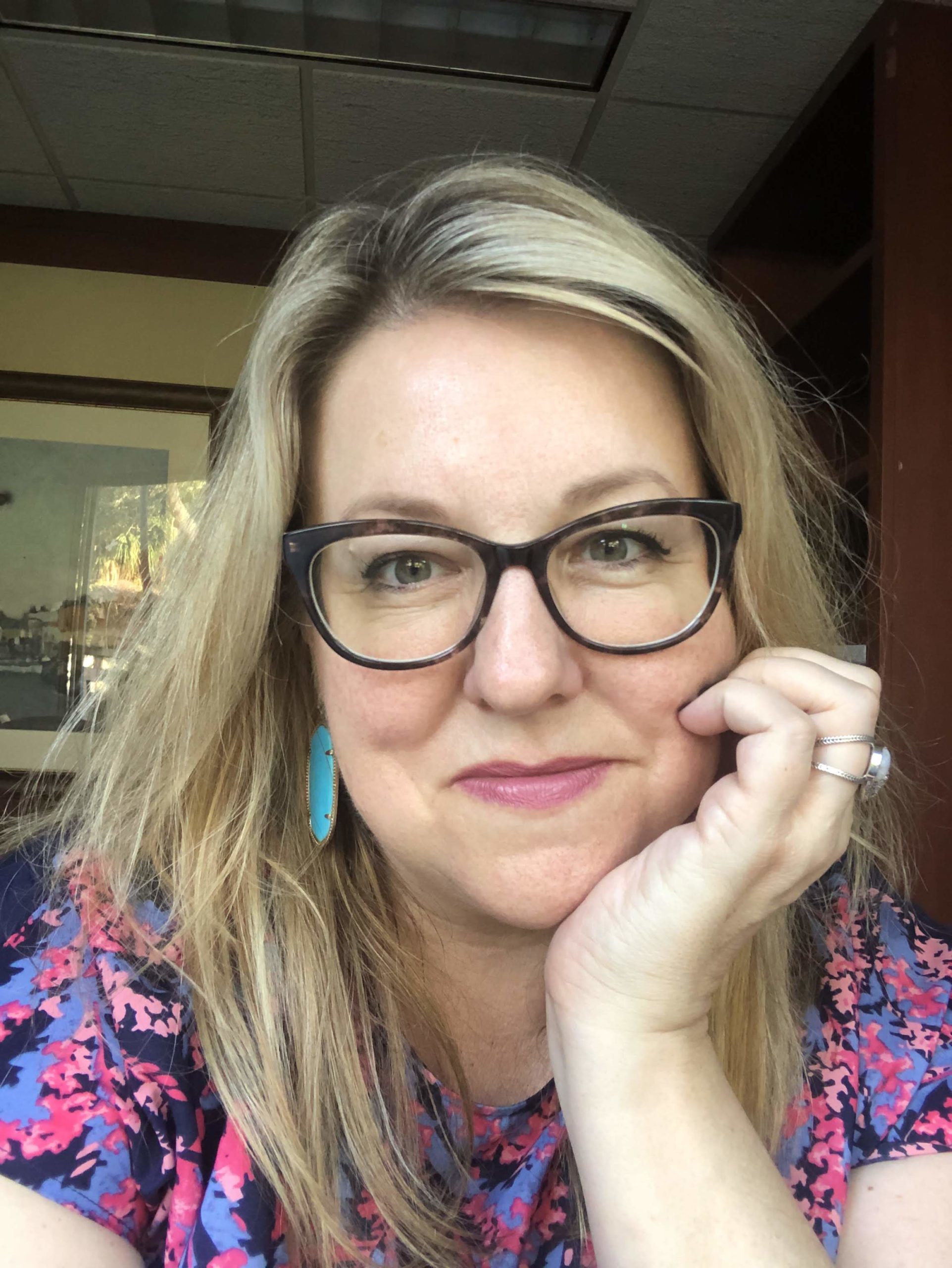I don’t think I’m suggesting anything radical when I say that today’s collegiate editors-in-chief have more responsibilities than ever before, especially if they are responsible for content, management and revenue.
That’s taxing enough mentally. Add to that the exponentially increased opportunity for criticism and failure, and it seems obvious to me that many editorial job descriptions haven’t evolved to fit modern student journalism.
A few weeks ago I exchanged emails with my friend David Simpson, the director of student media at Georgia Southern. He’d read my interview with Claire Hao, the Michigan Daily editor-in-chief who went public with her decision to take a week off of work.
Simpson emailed me to say, yeah, we’re asking too much of student editors. And he proposed a solution.
He informally surveyed advisers, directors and general managers of student media organizations who had also served as editors in student media during their college years, asking them to describe how the roles of editors-in-chief have changed since they were in the same position.
“I feel like the job today is immensely more complex than it was in my day,” wrote Steven Chappell, the student media adviser at Northwest Missouri State University.
Purdue Exponent adviser Virginia Black said that so much has changed.
“Nowadays students are expected to publish on an overwhelming number of platforms, using more storytelling forms (in writing, but also more graphics, photo galleries, videos) and — this is important — at virtually all times of every day,” wrote Black, who served as EIC of the same paper almost 40 years ago. “We had to sometimes deal with angry readers or unkind letters to the editor, but today, every misstep is derided on social media and open to unprovoked attack. And all of this in a society in which it’s more difficult than ever to access public information and overcome an overblown distrust of all media.”
Hao, the Michigan Daily editor, said that as students graduated, responsibilities tend to be handed down from editor to editor, year after year, with little examination of the reality of the jobs.
“I felt like, oh, every other editor-in-chief before me has done all of these tasks,” she said back in October. “Am I less than? Am I not good enough if I can’t do the same?”
Like many editors-in-chief, Hao was generally expected to manage newsroom writers and editors, read stories before publication, and provide oversight to departments like audio, video, photo, graphics, a magazine and social media. After her break from the newsroom, Hao came back with new structural suggestions, including eliminating her obligation to read everything before publication (that responsibility is now shared among many editors).
And that brings us back to Simpson’s solution: changing the rules.
When Simpson took over, he had an opportunity to rework Georgia Southern’s student media governance documents. One of his changes was to go from one editor-in-chief to six, installing more top leaders with equal responsibilities. Crises and disagreements about content could be addressed by a board, though it has yet to convene for that purpose.
What works at Georgia Southern may not work for your organization, but it invites the question: What are you doing to ensure that your students are getting a chance to lead and learn without feeling pressured to the breaking point?
Many of us believe in the deep value and importance of letting student journalists make 100% of the editorial decisions. But getting our hands dirty in the governance documents doesn’t mean we’re creeping into editorial control. In fact, such an exercise might even help our students achieve greater editorial independence.
I believe professionals working alongside student journalists have an obligation to help them gain experience, even through traumatic and stressful situations, because that’s what they will undoubtedly face as professionals.
But we have to ask: Are we deluding ourselves into thinking that we’re helping students by placing the burden of making every single decision on them? Or is there a creative and effective way to provide a teaching model while not pushing our students to the breaking point?
I’d love to hear your thoughts.
College headlines
- What J-Schools should teach about freelancing (International Journalists’ Network)
- Even on U.S. Campuses, China Cracks Down on Students Who Speak Out (ProPublica)
- Just Rewards? Some colleges cut back during the pandemic, but not when it came to their presidents’ pay packages and Executive Compensation at Public and Private Colleges (Chronicle of Higher Education)
Great journalism to share with your students
- The Woman on the Bridge (The New York Times)
- The Great Exploiter (Columbia Journalism Review)
Diverse headlines
One valuable way that you can reinforce diversity, equity and inclusion in your classroom is by sharing journalism about, by and for diverse communities — not just stories that are predominantly by and about cisgender white people. Consider ways in which you could use these stories in your curriculum. Here are a few examples I saw this week. I also include headlines about DEI news and issues.
- HBO’s ‘Black and Missing’ offers an antidote to Missing White Woman Syndrome (NPR)
- Slow down, take small steps: OpenNews’ Sisi Wei on how little changes can lead to big ones (Nieman Lab)
- LGBTQIA+ Language and Media Literacy Program (Google News Initiative)
The Lead
The Lead is looking for your students’ best work, as editor Taylor Blatchford wrote in a call-out this week. You or your students can submit your best 2021 work via this form. We’ll showcase the work next week in The Lead’s last issue before the holiday break.
Subscribe to The Lead, Poynter’s weekly newsletter for student journalists, and encourage your students to do the same.
This week’s Professor’s Press Pass
In this week’s Professor’s Press Pass, we offer a free hypothetical sponsored by the Free Speech Center at Middle Tennessee State University. “Is it OK to film the police?” challenges students to put themselves in the position of a photojournalist collecting B-roll during a police encounter. Officers want you and bystanders to stop filming them. Should you turn your camera off? What if you’re on private property?
Professor’s Press Pass is a collection of classroom-ready case studies and discussion questions, taken straight from this week’s news.
The case studies offer a fresh alternative to older textbook examples that focus on the ethical decision-making process. Subscriptions are just $12 a month or $100 for the year per professor. Click here for more, or enjoy our free offerings that center around the right to free expression.
Resources for Journalists
- Get access to a growing library of case studies — Professor’s Press Pass
- Get your facts from a Pulitzer Prize winner. Subscribe to PolitiFact for the week’s top fact-checks and analyses.
- Understanding Title IX — Create unique reporting around your school’s cases and institutional practices — Start anytime






